Hey, what’s up?
Today, I wanted to talk about why I’m going back to ShotCut as my video editor and a small tutorial about the main features that I use.
If you’re trying to find a video editor or if you’re into free and open source softwares or a small tutorial for Shotcut, then this could be for you.
Let’s go right in!
WHY SHOTCUT?
Since I started using Linux, I started taking free and open source more and more seriously. When I was on Windows, I only cared about using the best software available.
Over the years, after making hundreds of videos and testing many softwares. I don’t think there is any “best” video editor or any “perfect” software. They all have different pros and cons. It simply depends on your own intentions, what you value and what’re you trying to achieve. Familiarity also plays a huge role.
I say come back because ShotCut was actually the first software that I used and learned when I was making videos in the very beginning. I’m already familiar with it.
Over time and over the years, I’ve been fortunate to test and use many video editing softwares such as:
- Adobe Premiere Pro
- Davinci Resolve
- Clipchamp
- Flexclip
- Etc.
Up until recently, I was still using Davinci Resolve which is also available on Linux. Now, I really love Davinci Resolve and I appreciate the fact that they support Linux users. I even purchased one of their lifetime studio version. But like any software, it also has its own flaws.
For example,
- It is closed source.
- It uses a license that can be revoked or changed at any moment.
- It doesn’t work well with FFmpeg
- It is very complex to use and learn.
- Very powerful, but I don’t need all this power.
Now, we all have different needs. For me, I only need basic editing to make these videos. I try to keep them simple. I don’t consider myself a professional video editor. Not only that, but I consider myself being an online entrepreneur. Creating videos is one of the many things that I do.
Ultimately, I came back to ShotCut because it is free and open source. It does everything that I need, and I can use it the way I want without having to worry about a license or whatever.
Let’s now talk about the features that I actually use.
1- CUTTING
If you’re going to do any video editing, cutting is one of the most basic feature.
You cut the video to remove the parts that you do not want.
To cut, you can simply use S to cut the video. S means Split, which is basically the same thing.
You can split another time to create a block that you can remove.
2- TRANSITION
When you cut parts or add many elements to the videos, then you’ll need to make transitions smoother.
This is where transitions become handy.
To create a transition in Shotcut, you simply drag one part of the video over the other.
You’ll then see a pink transition. By default, it uses the cross-dissolve.
3- GLITCH
Glitches are one of my personal touch. I love adding glitches to my videos, especially to my transition. I just think it adds a cool effect.
To add a glitch, select the block that you want to add the glitch. In this case, I’ll use on a transition.
You go into “filters” and select the “glitch” effect.
You can change the settings to your liking.
You can also add an RGB filter to add colors to the glitch.
4- TITLES
Another important element when you create videos, especially where you make clear points, are titles or text.
Titles and texts allow you to create a visual reinforcement to your video that make your points stronger.
To create a title, we simply add a “text” filter to the part that you want.
Once this is done, you can simply write the text that you want and position it wherever you want on the video.
5- HARDWARE ENCODING
Now, this part if kind of optional and probably targeted for tech nerds like me. In my case, I have a decent gaming computer that has a GPU.
When I render and encore my videos, I prefer using my GPU whenever I can. That way, I can save my CPU a few crazy round trips.
By using a hardware encoder, you basically get to use your resources more efficiently.
To enable it, you go to the export section and check the hardware encoder.
CONCLUSION
In conclusion, I wanted to find and use a free and open source video editing software to replace Davinci Resolve. I decided to come back to Shotcut which was the first video editing software that I used to actually learn video editing. I’m already familiar with it.
Overall, I think Shotcut does everything that truly need from a video editing software and I will keep using it for now.
It depends on your needs. In my case, I try to keep my videos as simply as possible, so my situation might not be like yours. Shotcut is more than enough for me.
That being said, if you’re in need of a more powerful and professional video editing software, you might want to learn into other alternatives like Davinci Resolve and Adobe Premiere Pro.
So that’s pretty much it, I hope this was helpful to you. If this blog was valuable to you, you could consider following me on social media and if you have any thoughts or comments, you can leave them below.
I hope this helps, peace!

Leave a Reply